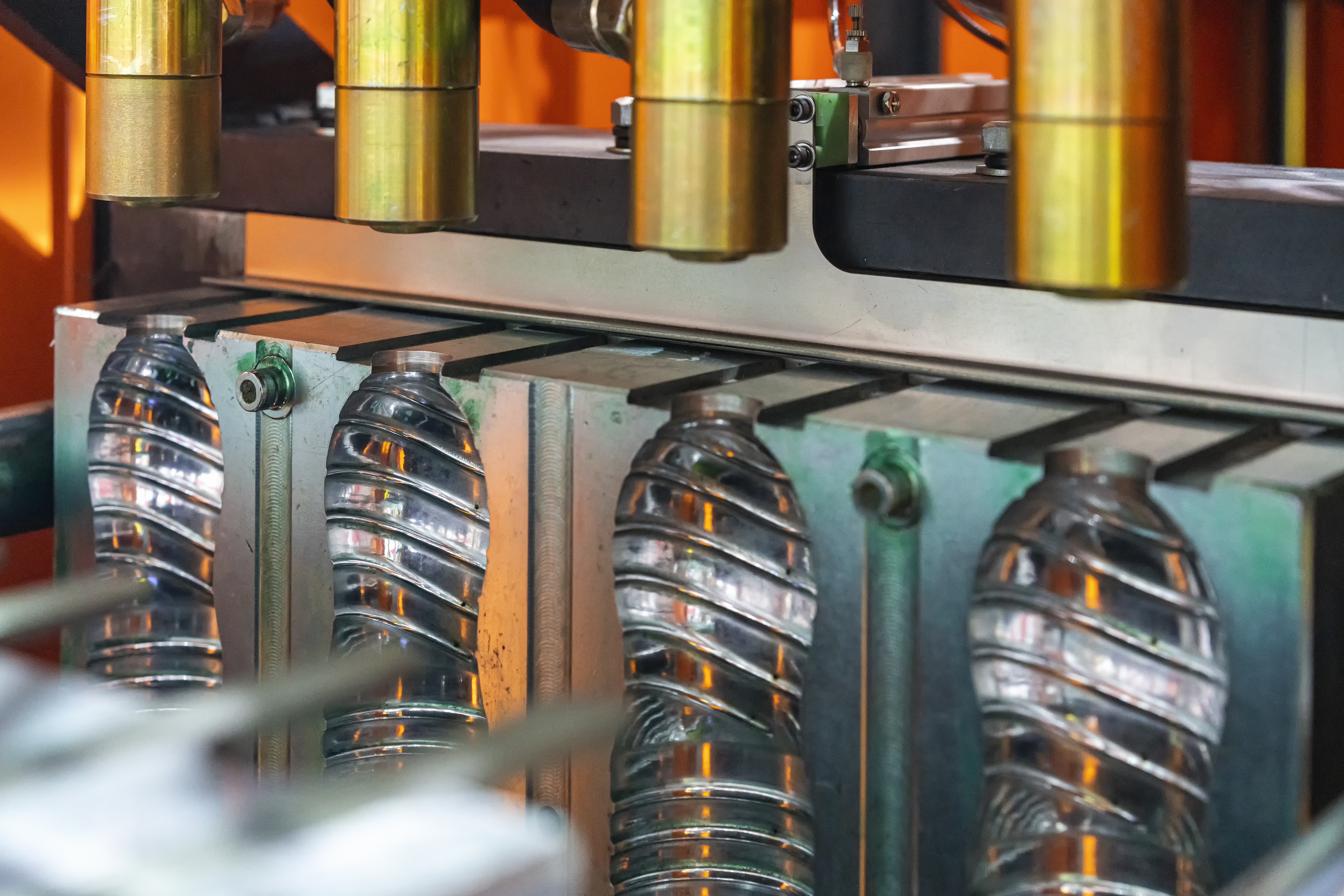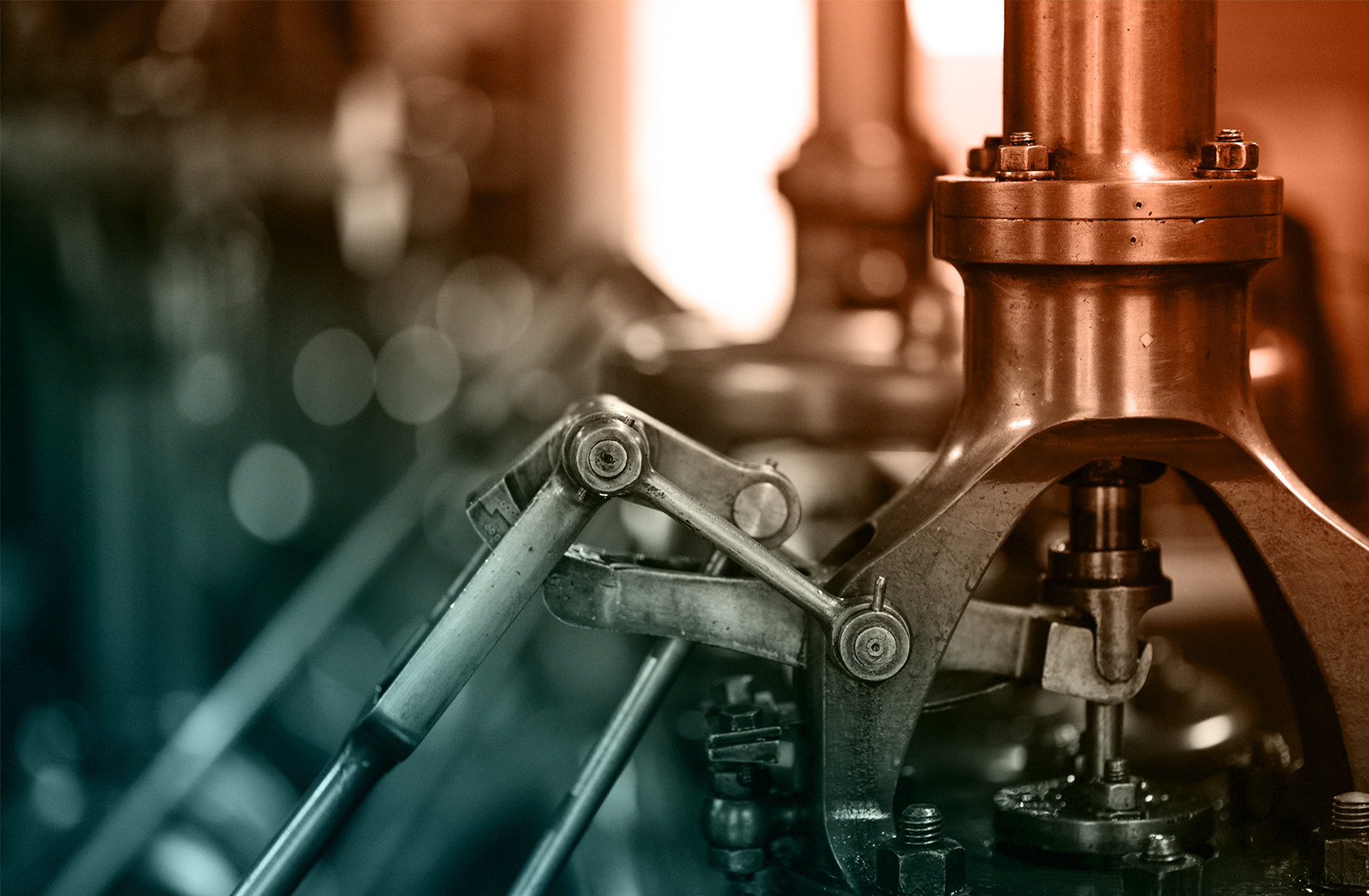
Cutting
Cutting manufacturing encompasses a range of processes that involve separating materials into desired shapes or sizes by removing excess material. It plays a crucial role in various industries, offering precision, speed, and versatility. In this web page, we will explore the different types of cutting manufacturing, their advantages and disadvantages, and the diverse industrial applications. Additionally, we'll provide a list of materials commonly used in cutting manufacturing. Custom Cut parts available now!
Check with one of Canyon’s helpful product engineers for an expert material and manufacturing recommendation.
Common terminology includes: Laser cutting, waterjet cutting, knife cutting, plasma cutting, fiber laser cutting, CO2 laser cutting, abrasive waterjet cutting, ultrasonic knife cutting, precision cutting, CNC laser cutting, CNC waterjet cutting, die cutting, oscillating knife cutting.

Advantages
- Precision: Achieves high levels of accuracy and repeatability.
- Versatility: Suitable for various materials, shapes, and sizes.
- Speed: Rapidly cuts through materials, reducing production times.
- Material Efficiency: Minimizes waste, as excess material can often be reused.
- Customization: Easily adapts to design changes and prototypes.
Disadvantages
- Heat-Affected Zones: Some methods can generate heat, affecting material properties.
- Limited Thickness: Thickness constraints for certain materials and methods.
- Material Selection: Not all materials are suitable for every cutting method.
Common Applications of Cutting
- Manufacturing: Cutting metal, plastics, and composites for various products.
- Automotive: Fabricating vehicle components, body panels, and chassis parts.
- Construction: Cutting steel, concrete, and other construction materials.
- Aerospace: Precision cutting for aircraft components and parts.
- Textiles: Fabricating garments, upholstery, and technical textiles.
Please consult a Canyon Components Engineer about your specific application and we will use our decades of experience to formulate a solution that fits your need.
Types of Cutting
Cutting can be performed in a number of ways depending on the composition and intended use of the final product. Some variations available for Cutting include the following.
Canyon Components strives to meet all customer service requests. Feel free to contact Canyon Components engineering and let our knowledgeable staff help you design the perfect part for your needs.
Laser Cutting
Uses a high-powered laser to cut materials with precision. Ideal for metals, plastics, and composites. Advantages include high accuracy and speed, with minimal material waste. However, it can be expensive due to high energy consumption and is less effective on thicker materials.
Water Jet Cutting
Employs a high-pressure stream of water, often mixed with abrasives, to cut a wide range of materials. It's versatile and doesn’t generate heat, preserving material integrity. The downside is slower cutting speed compared to laser cutting and higher operational costs due to abrasive usage.
Knife Cutting
Involves using a sharp blade to cut softer materials like textiles, leather, or paper. It’s cost-effective and doesn’t generate heat, which is good for heat-sensitive materials. However, it’s less precise than laser or water jet cutting and not suitable for hard materials.
Plasma Cutting
Suitable for cutting electrically conductive metals using a plasma torch. It's faster and cheaper than laser cutting for thick metal sheets. The disadvantages include lower precision and quality of cut, and it generates significant heat, potentially altering material properties.
CNC Cutting
Utilizes computer-controlled cutting tools for a variety of materials. Offers high precision and repeatability. The limitation is the need for different tools for different materials and thicknesses, and it can be slower than other automated cutting methods.
Ultrasonic Cutting
Uses high-frequency vibrations of a blade to cut materials, particularly effective for foods, textiles, and rubber. It produces clean cuts and is ideal for soft or brittle materials. However, it’s less effective on hard or dense materials and can be slower than traditional cutting methods.
Please consult a Canyon Components Engineer about your specific application and we will use our decades of experience to formulate a solution that fits your need.
Request a Quote for Cut Parts

Cutting Materials Available
Cutting can be performed in a number of ways depending on the composition and intended use of the final product. Some common materials available for Cutting include the following.
Each of these materials has its own advantages, limitations, and cost implications. The choice of material and manufacturing technique usually depends on factors like the complexity of the design, required precision, material properties, and production volume.
Canyon Components strives to meet all customer service requests. Feel free to contact Canyon Components engineering and let our knowledgeable staff help you design the perfect part for your needs.
Elastomers
Elastomers (also referred to as rubber) are a class of materials known for their unique ability to stretch, deform, and return to their original shape, making them essential in a wide range of applications.
Gaskets & Custom Cutting
Whether your custom cut parts be rubber, plastic, sponge, composite, or metal, rest assured that Canyon Components can make it! Canyon Components strives to meet all customer service requests.
Perfluoroelastomers (FFKM, Kalrez, CanRez)
Extreme temperatures & chemicals require extreme solutions! CanRez™ FFKM materials offer extreme reliability where you need it most! Thousands of sizes in stock now!
FKM (Viton®, Fluorocarbon)
FKM compounds, O-rings, gaskets, & custom molded parts exhibit excellent mechanical attributes as well as excellent resistance to high temperatures, mineral oil, ozone, fuels, hydraulic fluids, and many other solvents and chemicals.
Fluorosilicone (FVMQ)
The mechanical and physical properties of Fluorosilicone O-rings, gaskets, & custom molded parts are very similar to silicone. Fluorosilicone O-rings, gaskets, & custom molded parts offer improved flexibility and strength, better resistance to fuels and mineral oil, but reduced hot air resistance.
Silicone (VMQ, PVMQ)
Silicone seals, O-rings, gaskets, & custom molded parts are excellent for extreme temperatures in static applications. Canyon Components carries a range of silicone materials, and we are happy to custom tailor a seal to meet your application requirements!
EPDM (Ethylene Propylene)
EPDM materials, O-rings, gaskets, & custom molded parts can operate over a wide temperature range, and are compatible with glycol fluids that cause problems for most typical elastomeric seals.
Aflas® (TFE/P)
TFE/P (Aflas) compounds, O-rings, gaskets, & custom molded parts gives high resistance to steam, hot water, atmospheric wear, and many chemicals. TFE/P compounds provide superior performance in water, steam and virtually all caustic chemicals.
Plastics
Plastics are a broad class of synthetic or semi-synthetic materials known for their versatility and moldability. They are crucial in numerous applications due to their ability to be shaped, lightweight nature, and resistance to chemicals and moisture.
PTFE (Polytetrafluoroethylene, Teflon)
Polytetrafluoroethylene (PTFE) Plastic, commonly known as Teflon, is a highly non-reactive and low-friction thermoplastic. Renowned for its outstanding chemical resistance, heat tolerance, and electrical insulation properties, it's extensively used in cookware coatings, electrical insulation, and various industrial applications.
PEEK (Polyetheretherketone)
PEEK plastic, or polyether ether ketone, is a high-performance thermoplastic known for its exceptional heat resistance, chemical stability, and mechanical strength. It's widely used in aerospace, medical implants, and automotive industries for its durability and ability to withstand harsh environments.
PMMA (Polymethyl Methacrylate)
Polymethyl Methacrylate (PMMA) Plastic, commonly known as acrylic or Plexiglas, is a transparent thermoplastic with glass-like clarity and excellent light transmission. It's durable, shatter-resistant, and used in applications like lenses, aquariums, signage, and various architectural features due to its weather-resistant properties.
Back to Manufacturing Hub

Get A Quote Now!

Groove Design References
Learn More
Coatings, Packaging, & Other Services
Learn More
Custom Parts & Custom O-rings
Learn More
